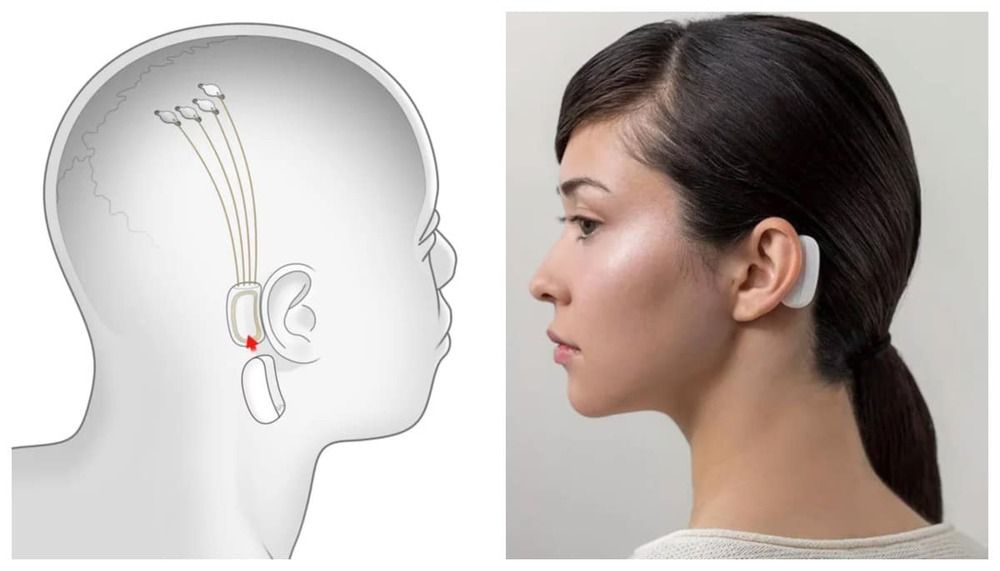Jun 17, 2020
What is Beyond the Universe?
Posted by Quinn Sena in categories: cosmology, particle physics
Circa 2014
Roughly 13.75 billion years ago, our universe came into existence. Very shortly thereafter, primordial light started shooting across the cosmos and spreading throughout the early universe. At this juncture, the universe itself was also expanding. The inflation of the universe slowed after the first initial burst, but since then, the rate of expansion has been steadily increasing due to the influence of dark energy.
Essentially, since its inception, the cosmos has been growing at an ever increasing rate. Cosmologists estimate that the oldest photons that we can observe have traveled a distance of 45–47 billion light-years since the Big Bang. That means that our observable universe is some 93 billion light-years wide (give or take a few light-years). These 93 some-odd billion light-years contain all of the quarks, quasars, stars, planets, nebulae, black holes…and everything else that we could possibly observe; however, the observable universe only contains the light that has had time to reach us.
















